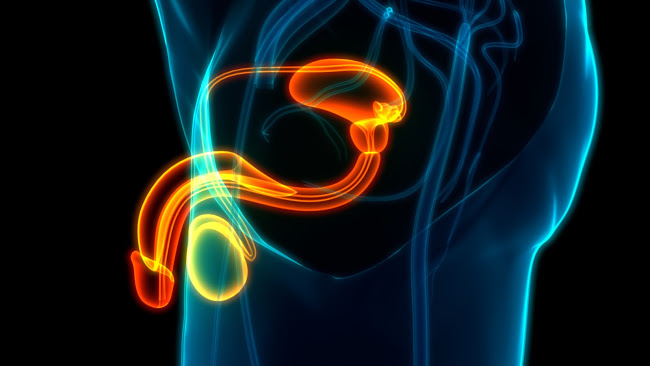
What is vaginismus?

Vaginismus – now classified under the umbrella of genito-pelvic pain/penetration disorders (GPPPD) – causes a woman’s pelvic floor muscles to contract at the attempt of vaginal penetration, making the vagina narrower and tighter. These muscle spasms are involuntary, and women with vaginismus often have trouble with any type of vaginal penetration, such as vaginal intercourse, tampon insertion, and gynecological exams. Penetration, when possible, is usually quite painful and causes great anxiety. For some women, intercourse is impossible.
Women with vaginismus can still be sexually aroused, and many enjoy sexual activities that don’t involve penetration, such as oral sex.
However, vaginismus can be a problem for couples who want to have vaginal sex. This condition is not well-known, and its incidence varies across cultures. Many women can’t explain why the spasms happen. They may feel anxious or inadequate, while partners might feel puzzled or rejected. Single women might avoid dating altogether.
Vaginismus is described in several ways. Women with primary vaginismus have always struggled with it, while those with secondary vaginismus develop it after having normal sexual function.
Vaginismus may also be global, occurring with all types of penetration. Or, it may be situational, occurring at specific times. For example, a woman with situational vaginismus might be able to use tampons, but be unable to have vaginal intercourse.
Experts also describe varying degrees of vaginismus. In mild situations, reassurance and relaxation strategies may be enough to make penetration possible. In more severe cases, women may close their legs to avoid any penetration.
The causes of vaginismus can be psychological and physical. Some common factors include:
- Fear of pain
- Lack of knowledge about genital anatomy
- Lack of sexual experience
- Performance anxiety
- Relationship conflict, physical abuse, or emotional abuse
- History of sexual assault
- Physical changes after childbirth, menopause, or surgery
- Poor vaginal lubrication
- Infections and other medical conditions
Sometimes, a combination of factors is involved.
Fortunately, vaginismus can be treated, and many women go on to have fully satisfying sexual relationships.
Treatment often includes the following:
Sex therapy. Through counseling, women can better understand their own bodies, their sexual response cycle, and the mechanics of vaginismus. Therapy can also help women work through relationship anxiety and cope with past sexual abuse or trauma.
Pelvic floor physical therapy. In this type of therapy, women learn to control their pelvic floor muscles. Kegel exercises can be quite useful.
Vaginal dilators. Women work with sets of tube-shaped dilators, which are inserted into the vagina. Dilators help women with vaginismus become accustomed to penetration. Women start with the smallest dilators first, then gradually work with larger ones.
Resources
- Bustle.com
Chatel, Amanda
“6 Facts About Vaginismus Doctors Want You To Know”
(October 6, 2019)
https://www.bustle.com/p/6-facts-about-vaginismus-doctors-want-you-to-know-18758961
- International Society for Sexual Medicine
“What is genito-pelvic pain/penetration disorder (GPPPD)?”
- Medical News Today
Smith, Lori, BSN, MSN, CRNP
“What you need to know about vaginismus”
(February 13, 2018)
https://www.medicalnewstoday.com/articles/175261
- Sexual Medicine
Pacik, Peter T., MD, et al.
“Case Series: Redefining Severe Grade 5 Vaginismus”
(Full-text. Published online: August 28, 2019)
https://www.smoa.jsexmed.org/article/S2050-1161(19)30106-0/fulltext




